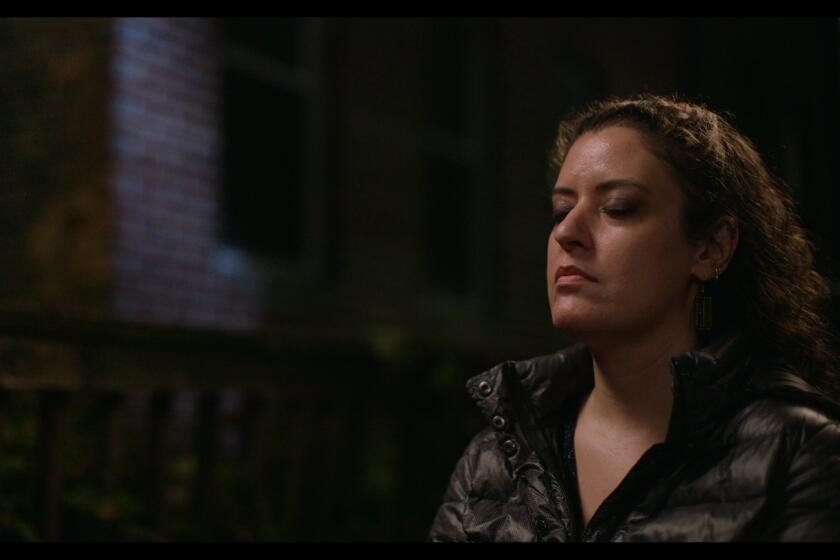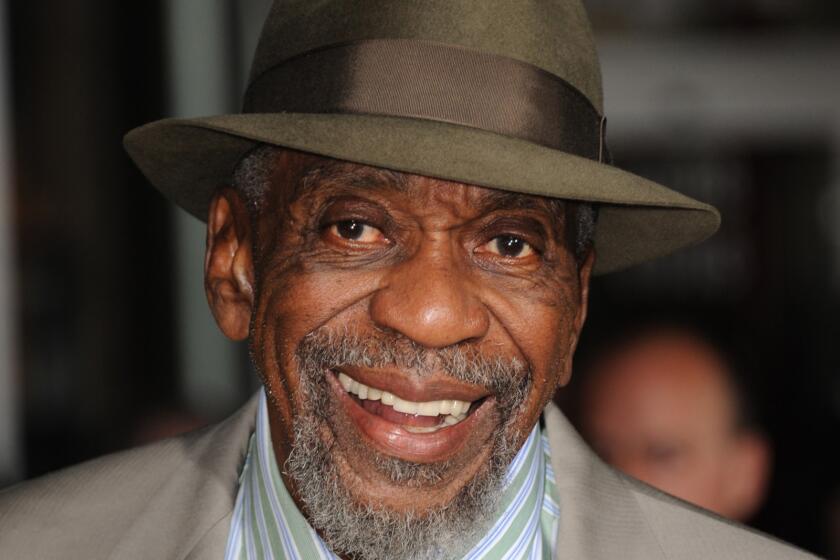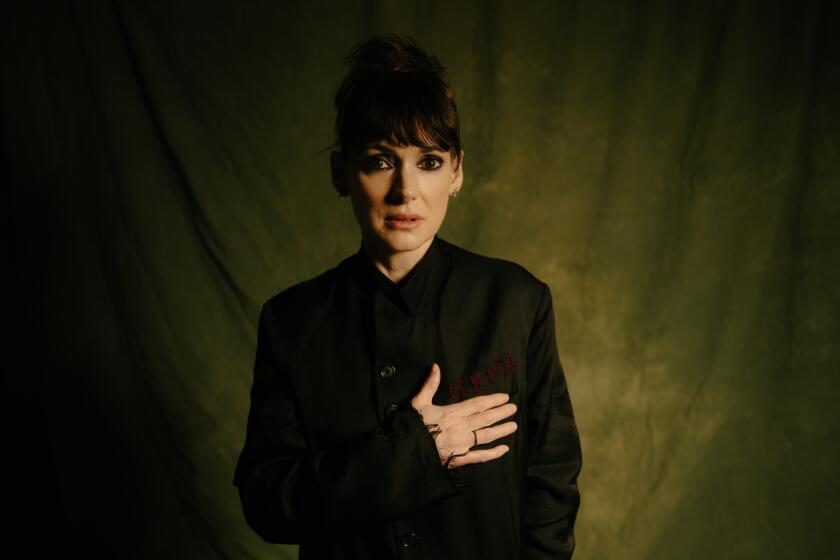Mark and Jay Duplass make ‘Cyrus’ their way
Mark and Jay Duplass were despondent. It was 2002, and the brothers had just made an independent feature film that turned out so badly they vowed to never let anyone see it. Instead, they sat on the couch watching their favorite movies and wondering where they had gone wrong with their own. The two had been making films since they were little kids in New Orleans, lugging around a camcorder connected by cables to a VCR. Film was their life. But the next day, they shook off their self-pity, picked up their parents’ digital video camera, and shot a scene for 20 minutes without thinking about it.
The resulting short starred Mark as a guy trying to perfect a personal greeting on his answering machine, “who fails to do so, and then basically has a nervous breakdown,” says Jay, 37, adding that it was based on his own experience. Shot for $3, “This Is John” was accepted into the Sundance Film Festival, launching their careers and revolutionizing their ethos. “We realized we can actually make movies about the things that we are authorities on,” says Mark, 33. “We’ve got small, middle-class, privileged problems, and people identify with that and they think it’s funny too.”
Two subsequent features, “The Puffy Chair” and “Baghead,” proved the writing/directing team right. Made with their own money for about $15,000, each film turned a tidy profit in theaters. The movies also landed their creators in the unfortunately labeled mumblecore movement of micro-budgeted, hyper-realistic character studies.
Theirs is a world of funny pain they call “epically small.” “We just borrow genres,” Mark says. And then they twist them. “The Puffy Chair” was their take on the road movie. “Baghead” put a spin on the cabin-in-the-woods horror pic. “Cyrus,” due out Friday, is their wincingly humorous look at a love triangle of sorts, with Marisa Tomei at the center while Jonah Hill (as her son) and John C. Reilly (as her boyfriend) battle for her heart.
Their third feature also marks the pair’s leap to studio filmmaking (with Fox Searchlight), a budget beyond their actual bank accounts ($7 million) and big-name actors. And though all this moving up in the filmmaking world required them to adapt to working with a full-on crew, the duo worked diligently to keep their indie style intact.
It was easier than anyone expected. Searchlight fully expected a Duplass Brothers movie, with all the requirements that entailed: A long post-production period, the directors’ use of digital cameras — usually two are going at once, with Jay behind one. The DV cameras are lighter and quieter than their film counterparts, making the many tight shots they rely on easier to shoot.
Mark: “The movie’s 75% close-ups. That’s what we do.”
Jay: “It might be 95% close-ups.”
A set visit in the spring of 2009 found them filming an outdoor fight scene in La Cañada Flintridge, one of the few scripted action moments in the film. Beyond this day, the pair maintained a closed set for interior scenes, even to crew members not immediately needed.
“Jay and I were really tenacious about maintaining the sense of intimacy on our sets,” Mark says later. “We’ve been on big sets before, we’ve seen how the energy just gets transformed immediately to being crew-centric as opposed to actor-centric.”
Their biggest stipulation was that they be allowed to shoot the film in chronological order, “so we can build the next day based on what happened,” says Mark, who also appears on the FX network’s improvisational show “The League.”
The brothers rely extensively on improvisation so that every moment rings true. They never rehearse scenes or even block them out, adding to the raw quality of the characters’ interactions. “That’s how we feel in life, you’re making it up as you go,” Jay says.
The actors responded in kind. “It’s so fresh,” Reilly says during a break. “When you work with people who are able to deal with improv, you have a better chance of seeing that moment of creation on film.”
Tomei agrees. “It feels so good because the script and the style of the Duplass brothers is very real and funny, and at the same time it’s more like documentary comedy.”
Hill is used to coming up with jokes for films such as “Knocked Up” and “Superbad.” “On this, it’s more character improvisations as opposed to, ‘This scene isn’t getting a lot of laughs,’” he points out. On the contrary, “There’s a lot of serious stuff for me in this movie,” he says, calling his titular role “my favorite character ever.”
For the brothers, the biggest difference from the DIY days was having to explain themselves to a crew of 60. “Mark and I share the same brain,” Jay says. “He’s across the room and I’m shooting and he’s booming, and we do a little look and we both know what to do.” On this set, “every step of the way, we had to learn how to articulate what we were doing and why we were doing it.”
Months later, they can be found sitting in an editing room in Glendale, both wearing hoodies and jeans, near the end of an extensive editing process. “Our movies come together in the editing room,” says Mark. “It is very much like a documentary edit.”
As smoothly as the arrangement with Searchlight worked out, they haven’t left the indie world behind. As they await “Cyrus’” opening, the duo is editing one of their self-produced movies. Called “Do-Deca-Pentathlon,” it’s their take on the sports genre. With a twist.
More to Read
Only good movies
Get the Indie Focus newsletter, Mark Olsen's weekly guide to the world of cinema.
You may occasionally receive promotional content from the Los Angeles Times.










